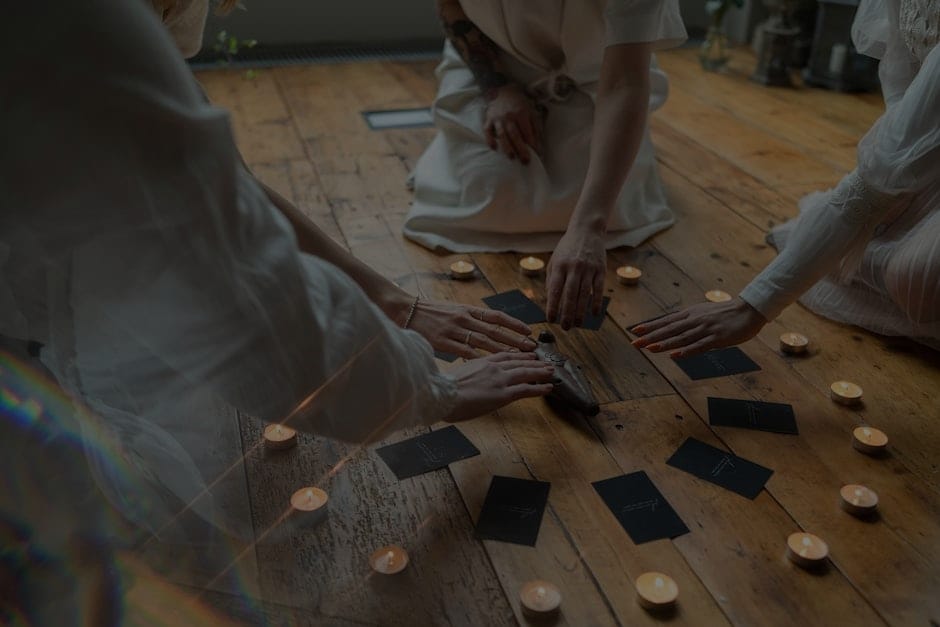**Abstract:**
Discover how to create a serene meditation space using feng shui decor ideas. This guide offers practical tips to enhance your environment, promoting peace and tranquility for your practice.
Understanding Feng Shui for Your Meditation Space
Feng shui, an ancient Chinese practice, focuses on harmonizing individuals with their surrounding environment. When applied to your meditation space, feng shui can transform it into a sanctuary of peace. The arrangement of furniture, the choice of colors, and the incorporation of natural elements all play a pivotal role in fostering a tranquil atmosphere. By aligning your space with feng shui principles, you can enhance your meditation experience, allowing for deeper relaxation and mindfulness.
Choosing the Right Location
Selecting the ideal location for your meditation space is crucial. Ideally, it should be a quiet corner of your home, away from distractions and noise. If possible, position your space in the southeast corner, which is associated with wealth and prosperity in feng shui. Ensure that the area is well-ventilated and filled with natural light, as this promotes a positive flow of energy. If your home lacks a suitable space, consider using a room divider or curtains to create a dedicated area for your practice.
Incorporating Natural Elements
Nature is a powerful ally in feng shui. Incorporating natural elements such as plants, stones, and water can significantly enhance the energy of your meditation space. Plants like peace lilies or bamboo are not only aesthetically pleasing but also purify the air, contributing to a healthier environment. Consider adding a small water fountain or a bowl of water to introduce the calming sound of flowing water, which symbolizes abundance and serenity. These elements help ground your space, creating a harmonious atmosphere conducive to meditation.
Color Psychology in Feng Shui
Colors have a profound impact on our emotions and can influence the energy of a space. In feng shui, soft, calming colors like greens, blues, and earth tones are ideal for a meditation area. These hues promote relaxation and tranquility, allowing you to focus inward during your practice. Avoid bright, stimulating colors that can create distraction or agitation. Use soft fabrics and decor that reflect these calming colors to envelop your space in a soothing ambiance.
Decluttering for Clarity
A cluttered space can lead to a cluttered mind, making it essential to keep your meditation area tidy and organized. Decluttering not only improves the flow of energy but also creates a sense of clarity and peace. Remove unnecessary items and only keep what resonates with your meditation practice. Consider using storage solutions that blend with your decor, ensuring that everything has its place. A clean, organized space invites tranquility and allows you to focus on your inner journey.
Personalizing Your Space
Your meditation area should reflect your personality and preferences. Personal touches, such as meaningful artwork, crystals, or photographs, can enhance the energy of your space. Choose items that inspire you and evoke positive feelings. Incorporating symbols of peace, love, and harmony will create a deeper connection to your meditation practice. Remember, this is your sanctuary; it should resonate with your essence and invite you to explore your inner self.
Creating a Multi-Sensory Experience
Enhancing your meditation space with sensory elements can elevate your practice. Consider incorporating soft textiles, such as cushions or rugs, to create a comfortable seating area. Aromatherapy can also play a significant role; use essential oils like lavender or sandalwood to promote relaxation. Soft lighting, such as candles or dimmable lamps, can create a warm and inviting atmosphere. By engaging multiple senses, you create an immersive environment that supports your meditation journey.
Maintaining Your Meditation Space
Once you’ve established your peaceful meditation space, maintaining its energy is vital. Regularly cleanse the space by smudging with sage or using sound healing techniques, like bells or singing bowls. This practice helps to clear stagnant energy and refresh the atmosphere. Additionally, take time to reassess your space periodically, ensuring that it continues to meet your needs as your meditation practice evolves. A well-maintained space fosters a deeper connection to your practice and enhances your overall experience.
In conclusion, creating a peaceful atmosphere for meditation using feng shui decor ideas involves thoughtful consideration of your space, natural elements, color psychology, and personal touches. By following these guidelines, you can cultivate a serene environment that supports your meditation practice and enhances your overall well-being. Embrace the journey of transformation, and allow your meditation space to become a true sanctuary for your mind and spirit.










